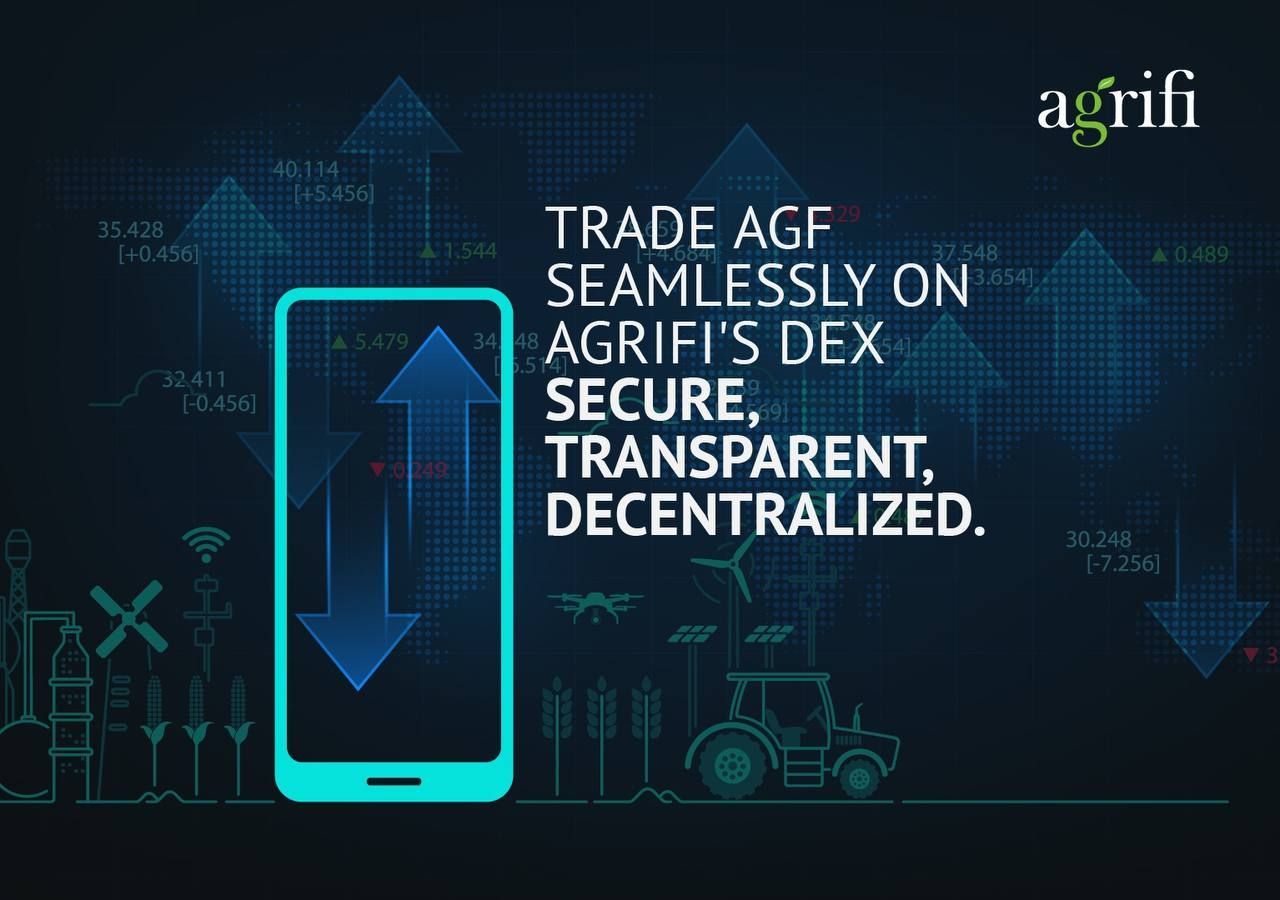The Beginner’s Guide to Monero
Monero is a cryptocurrency that places a huge emphasis on privacy and fungibility with regard to all transactions occurring on its blockchain network. It was created in April 2014 with the purpose of making transactions absolutely private. Bitcoin , Ethereum and other cryptocurrencies that had been developed into the crypto space, were easily traceable and Monero was developed to ensure complete financial privacy.
Monero in a nutshell
- Monero is a secured privacy coin.
- Its transactions are untraceable with the use of Ring signatures privacy feature
- It’s highly secured by a strong decentralized cryptographic network making it highly difficult for hackers to attack the network.
- It has several privacy features like Stealth One-Time address that makes transactions unlinkable to any particular user, unlike other major cryptocurrencies.
A Brief History of Monero
Monero’s development was spearheaded by thankful_for_today , a bitcointalk forum user who forked the codebase of Bytecoin and named it as BitMonero. Thankful-for-today’s plans on upgrading Bytecoin in the aspects of block time, block reward, tail emission was not accepted by the BitMonero Community. This led to the vanishing of thankful_for_today from the project until some members of the community took the initiative of developing the project. Johnny Mnemonic together with other developers took over the BitMonero and renamed it Monero.
After two years of development, Monero was adopted by several crypto enthusiasts because of the privacy features that made it impossible for anybody outside the network to trace transactions to any user. Its market cap grew to a large extent as it was being used by people who operated within the darknet market. Monero became the preferred cryptocurrency for transactions over the dark web for the purchases of guns, drugs, etc.
Along the line, Gregory Maxwell’s algorithm Confidential Transactions was inculcated into Monero further improving upon the privacy. This development further brought other blockchain influencers like Christopher Cantwell and Andrew Auernheimer who started using Monero as a payment method and promoting it as well.
Hackers, on the other hand, took advantage of the growth of Monero and deployed several mining codes into software applications and websites which mined them the coins without the knowledge of computer users. This dubious act was later blocked by Malware and Antivirus Service in 2017.
How does Monero Work
Most of the major cryptocurrencies that have been launched into this industry had Bitcoin as its substrate, but Monero was engineered from a whole new different protocol which is CryptoNote protocol. This protocol is coupled with several privacy features that hide all transactions made by it hence making it difficult to trace any transaction to a particular individual.
One of the privacy features used is Ring Confidential Transactions which mixes the transaction with other several transactions making it untraceable and having any connection with any individual. The use of Ring Signatures mixes a sender’s input to the other 10 inputs making the transaction untraceable. Though the idea is to make transactions absolutely secured, it has to be verifiable without relieving the exact details of the transaction. To fulfill this, the feature of bulletproof has been integrated to make sure that transactions are verified without displaying the sender, amount sent and any other information that reveals the user.
How to mine Monero Coin
Though bitcoin and most other major cryptocurrencies were created to be decentralized, most of them are not as their blockchain network seems to be controlled by some mining pools on the network. Bitcoin has been criticized several times that most Chinese mining firms control it and its network, as they have sophisticated mining farms to increase their mining power. These mining farms are filled with Application-Specific Integrated Circuit which increases their chance of mining on the network.
Monero was created to be fully decentralized, hence resistant to the use of ASICs as mining. The hardware used in mining is x86, x86-64, ARM and GPUs. These are very simple operating systems that anybody can set up to mine Monero coin. As time went on, the developers of Monero introduced RandomX Proof-of-work which further was to strengthen the network against ASIC mining.
You can mine Monero by downloading any of their client suitable to your computer from the list below:
NB: Alll the above clients are 64-bit based operating systems.
Forks of Monero Coin
Developers at some point in time always disagree on some features or use cases of a project and this leads to the division of blockchain communities. Bitcoin, Ethereum and most of the major cryptocurrencies have all undergone forks due to some disagreements among the community members of the blockchain projects. Monero has also faced similar issues in the past which led to the forks of coins like Monero Original (XMO) and Monero 0 (XMO). In the nearest future, we are going to see two major forks happen on the Monero blockchain network and these are MoneroV (XMV) and Monero Classic (XMC).
How to buy Monero
Aside mining Monero coin as a miner on the blockchain network, you can decide to purchase it from Over-the-Counter platforms and Exchange platforms. Below are some of the platforms that you can purchase Monero (XMR) from:
How much is Monero Coin
The price of XMR, at the time of writing is $71.12, making it the 13th more valuable coin, according to coinmarketcap. Currently, it has a market cap over $1 billion and a 24-hour volume of $141,387,122. XMR attained an all-time high of $495.84 on January 7, 2018 and an all-time low of $0.212 on January 14, 2015.
The Benefits of using Monero Coin
Monero Coin is used mostly in the dark web and other marketplaces that want to conduct transactions secretly. Basically, if you are thinking of making any transaction with anyone in the crypto industry and want to stay private, then Monero is the ideal cryptocurrency to use.
Final Thoughts
Monero is the first privacy coin to be launched in the crypto industry and has gained mass adoption and use by several crypto enthusiasts, especially people who use the dark web. Several other privacy and zero coins have been generated alongside Monero and this clearly shows how crypto enthusiasts wish to stay anonymous in their transactions.
The post The Beginner’s Guide to Monero appeared first on Crypto Adventure.




NEVER MISS AN ARTICLE!
We will get back to you as soon as possible
Please try again later
SUBSCRIBE TO OUR NEWSLETTER
Join the Newsletter
We will get back to you as soon as possible
Please try again later
